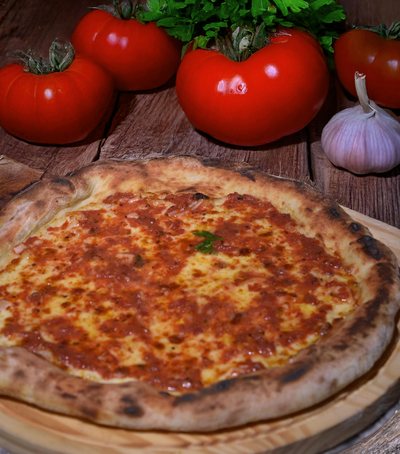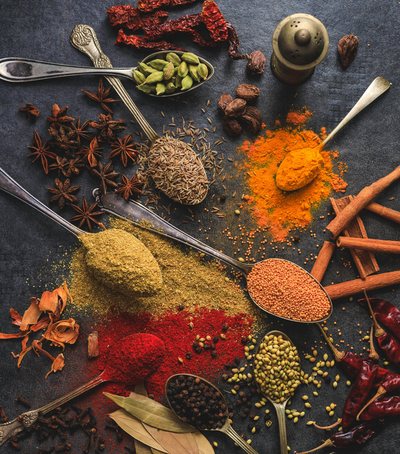
Every dish is an edible story: it encapsulates a land, a race, a species, a journey, a belief. Foods are not just calories; they are embodied museums of tradition, historical events, cultural contacts, peoples’ movements and survival strategies. By savoring a dish, we also read history: what grows there, what was once missing and replaced, how identities are built through mixtures, how people have overcome crisis and how they celebrate. Here are some examples that make this evident:
1. Biryani (India/South Asia)
This dish of spices, rice and meat reflects millennia of contact between Persian, Indian and Arab cultures. It is associated with festivals, marriages and conquests, a sign of the adaptation of foreign influences to a local language that has created something new.
2. Sushi (Japan)
From an ancient fish preservation method to a refined symbol of national identity, sushi demonstrates Japan's relationship with the sea, aesthetic minimalism, respect for fresh ingredients, and the discipline required in preparation.
3. Injera with soups and dishes (Ethiopia)
Injera, the fermented bread, speaks of the land rich in endemic grains, of the sharing of food by hand as a communal act, and of the sustainability of a gastronomy that has survived under different historical conditions.
4. Mole (Mexico)
A blend of indigenous spices, cocoa, and Spanish influences, mole is a product of encounters and is often associated with religious and family ceremonies. It shows how histories of conquest, colonization, and resistance intertwine in complex flavors.
5. Coq au Vin / Boeuf Bourguignon (France)
These slow-cooked dishes with wine reflect the culture of the rural environment, the maximum use of local ingredients, and the philosophy of "cooking with time" — where patience and a connection to the land make food rich in meaning and history.
6. Jollof Rice (West Africa)
This edible dish of rice, tomatoes and spices has variations in different countries (Nigeria, Ghana, etc.) and often becomes a symbol of cultural competition and national pride. It shows trade routes, the spread of ingredients and the construction of identities through “versions” of a shared history.
7. Ceviche (Peru)
The use of fresh fish "cooked" with lemon and accompanied by local ingredients shows the people's connection to the coast, the folklore's skillful use of acidity for preservation, and the influences of pre- and postcolonial cultivation.
8. Soul Food (USA, African-American communities)
Foods like warm carrots, beans, smoked meats, and homemade bread carry the story of captivity, rescue, creativity in poverty, and the legacy of cultural resistance. They are poignant and powerful reminders of roots and community.
9. Mezze with pide, tabbouleh and hummus (Middle Eastern)
This series of small dishes speaks of hospitality, sharing, social exchange, and the traditions of eating together. Ingredients like chickpeas, mint, and bread speak of the Mediterranean lands and the shared history of coexistence in a diverse region.
10. Pies with fresh cheese and herbs (Balkans / Mediterranean)
It talks about family farming, dairy processing practices, seasons of survival, and how simple ingredients are transformed into rituals – from breakfast to wedding feast.
Dishes bear the traces of human movements: migration, conquest, trade, climate, and beliefs. They are the most direct way to feel how culture has been built, shared, and adapted. When we hear these stories through taste, we become part of a long chain that connects generations through the table. Food with history is not just about eating—it is about knowing, remembering, and connecting.
Photo Credits (Engin Akyurt):





